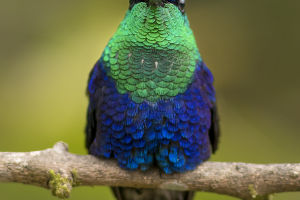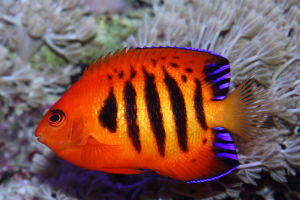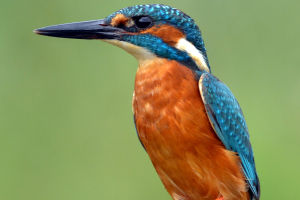Penguins are a species of bird that lives in Antarctica and its surrounding waters. They are the largest of the birds, weighing about 20 kg.
Penguins look cute, black and white, round and chubby, and always make people want to hug them.
There are 18 species of penguins worldwide, most of which are distributed and live in the southern hemisphere. Penguins live in very harsh environments.
The temperature in Antarctica is extremely low, almost every day is more than 10 degrees below zero or even more than 20 degrees below zero. Therefore, penguins must have good insulation.
They have very dense feathers that keep their body heat from being lost and they can also swim in water.
Penguins also have special feet, which have many muscles that regulate their body temperature, as well as the ability to walk on ice.
Penguins are a type of bird, so penguins do not have teeth.
Penguins have barbed tongues as well as upper jaws to accommodate swallowing food such as fish and shrimp, but these are not their teeth.
On land, they walked with a wobble, and when in danger, they fell and crawled in disarray. But in the water, penguins can swim at speeds of 25-30 kilometers per hour, or 160 kilometers a day.
Penguins are flightless birds, and wings suitable for flying are not suitable for diving or swimming. It is biomechanically impossible to build wings that are good at both jobs.
Penguins are flock animals and they usually live in large groups so that they can defend themselves together against the cold and their enemies.
Penguins are very kind animals that take care of each other and protect their offspring.
During the breeding season, male penguins will hatch their eggs while the females go out in search of food. After the eggs have hatched, the female will return to the nest and take over from the male to continue the incubation.
Penguins feed on marine zooplankton, mainly Antarctic krill, and sometimes on brachiopods, squid, and small fish.
Penguins have a good appetite, with each penguin eating an average of 0.75 kg of food per day, mainly Antarctic krill.
In addition to Antarctica, penguins live in other regions. For example, there are penguin habitats in South Africa, New Zealand, and Australia. In these places, penguins are also a protected species, as their numbers are getting smaller. This is mainly due to the effects of a warming climate and human activity.
Overall, penguins are a very deserving animal for our protection. They live in an extremely cold environment and have won the hearts of people with their cute appearance and brave spirit. We should protect their living environment as much as possible so that they can continue to survive.


